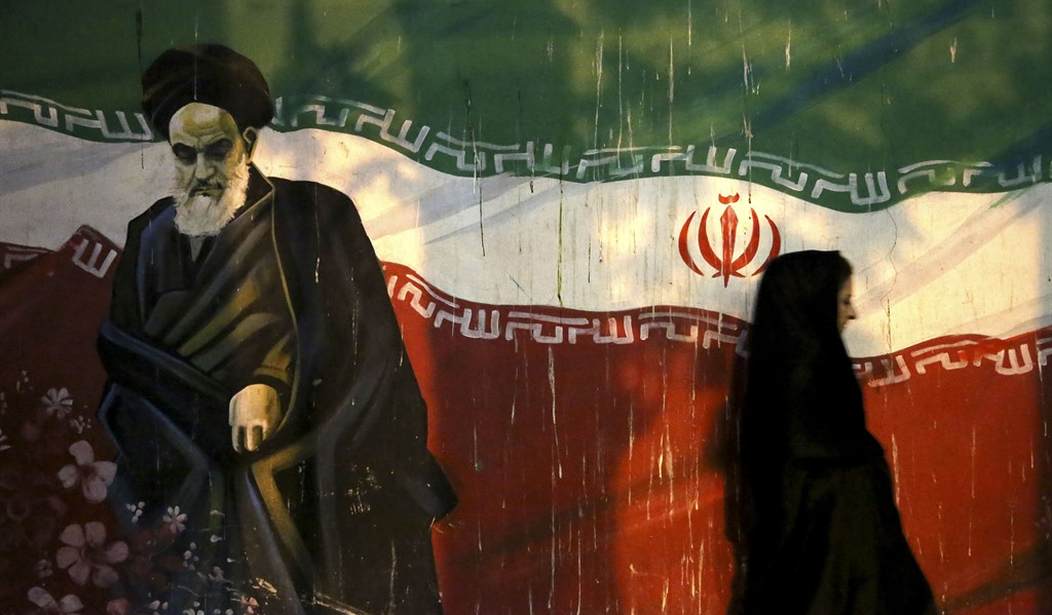May 1st is recognized as International Labor Day by countries around the world. On this occasion, trade unions in different countries usually hold rallies in addition to celebrating this day, reviewing the achievements of the past year and plans for next year to improve the situation of workers. In Iran under Khamenei, however, for workers as the most deprived class of society, who are experiencing their most difficult conditions in the last 42 years after the anti-monarchist revolution, this day is no different from other days.
While the poverty line for each family in Iran is estimated at more than 10 million Tomans [$500] most Iranian workers live on less than 3 million Tomans, and as a result, more than 80% of them live below the poverty line and in conditions where they are unable to support themselves and their families in terms of food and living accommodations.
Consequently, more than 35 million people who cannot afford the high cost of housing in the cities have been pushed to live in outskirts shanty towns. Another outcome is the elimination of foods such as meat and fruit from the food basket for most workers.
While the official statistics of the regime indicate that the percentage of unemployed workers in Iran is 23.5%, which is about a quarter of the labor force, the real statistics are much higher than this number. Widespread corruption in Iran's government apparatus has led to the closure of many factories and, as a result, their workers have joined the crowd of the unemployed. Within a short period of time,1460 factories and production centers were shut down due to their debts and arrears to the banks.
For example, the large Arj Factory, which was almost 80 years old and was one of the oldest manufacturers of home appliances in Iran with several thousand workers, was closed down due to government corruption and a 20-billion toman embezzlement .
Or the Azemayesh Factory, with more than 1,400 workers, which produced all kinds of home appliances, was closed down. The closure was due to lack of government support, the import of similar goods from abroad by the relatives of the government officials at a discounted currency exchange rate, as a result inability to compete.
Recommended
Or the famous factory, "Darugar" which was 90 years old in the production of soaps, shampoos and other detergents, was closed for similar reasons and its workers faced the closed doors of this factory.
And dozens of other famous and large factories such as Varamin Sugar Factory, Pars Chrome Khazar Factory, Iran Powder Metallurgy Complex - the only producer of iron powder in Iran and the Middle East, and several textile factories were all closed down, leaving their workers unemployed because of mismanagement and corruption of the ruling system.
These astronomical thefts of workers' rights continue, and from time to time they are exposed in the war between the regime's gangs for further plundering. For example, some time ago, the news of the acquisition of the Dena tire factory was revealed: a factory with the real value of over 600 billion Tomans was acquired by Mullah Yazdi, the former head of the Judiciary, at a price of only 10 billion Tomans!
Widespread corruption and anti-labor policies of the government have opened the door for industry owners and employers to hire many temporary workers who not only do not enjoy insurance and medical benefits, but their meager monthly wages are not paid on time and they are fired in case of the slightest protest, and because they are temporary workers, and not entitled to any compensation.
This situation has forced many of the workers’ children to drop out of school and enter the child labor market. Although the exact number of working children in Iran is not known, it is estimated that the number of children having entered the labor market due to the poverty of their parents is between 3 and 7 million.
Most of these children work as street vendors, garbage scavengers, brick kiln workers and do other tedious jobs that are hard even for adults and are subjected to maximum exploitation and abuse.
The outbreak of Coronavirus, colossal mismanagement of the epidemic by the government and its refusal to buy vaccines has added to the miserable situations of the workers and working children in Iran. Since the government has not provided any financial assistance to the workers, they are forced to continue working regardless of how widespread the virus might have been. They have to be able to feed their families. As a result, a large number of workers and working children are among those who have lost their lives due to Coronavirus. The death of these breadwinners has affected their families and has caused extensive homelessness.
These conditions have often left workers on the brink of death and led to widespread strikes and protests in many factories, most of which have been suppressed by beatings, arrests, imprisonment, and repression of workers. The protests and strikes of the workers of Haft Tappeh sugarcane factory - one of the most important industrial factories for sugar production in the Middle East, Ahvaz Steel Factory and the famous Hepco Factory - one of the most important producers of industrial machinery in the Middle East, or 5 rounds of strikes by country’s truck drivers in the past are some examples.
So far, the regime has been able to curb the rage of the workers by abusing Corona pandemic, which has, by the way, affected all workers. This solution, however, cannot be long term as it has turned the working class more than ever into fire under ashes or barrels of gunpowder, waiting to flare up again and explode. They no longer have anything to worry about losing it. And this along with the repression of other sections of society, such as teachers, retirees, government and non-government employees, farmers and students have become the regime's biggest concern for its survival. According to experts, change is destined to happen, sooner or later. Iran's social spectrum is waiting to witness another major uprising in the near future in Iran and a change in the ruling regime in Iran.
























Join the conversation as a VIP Member